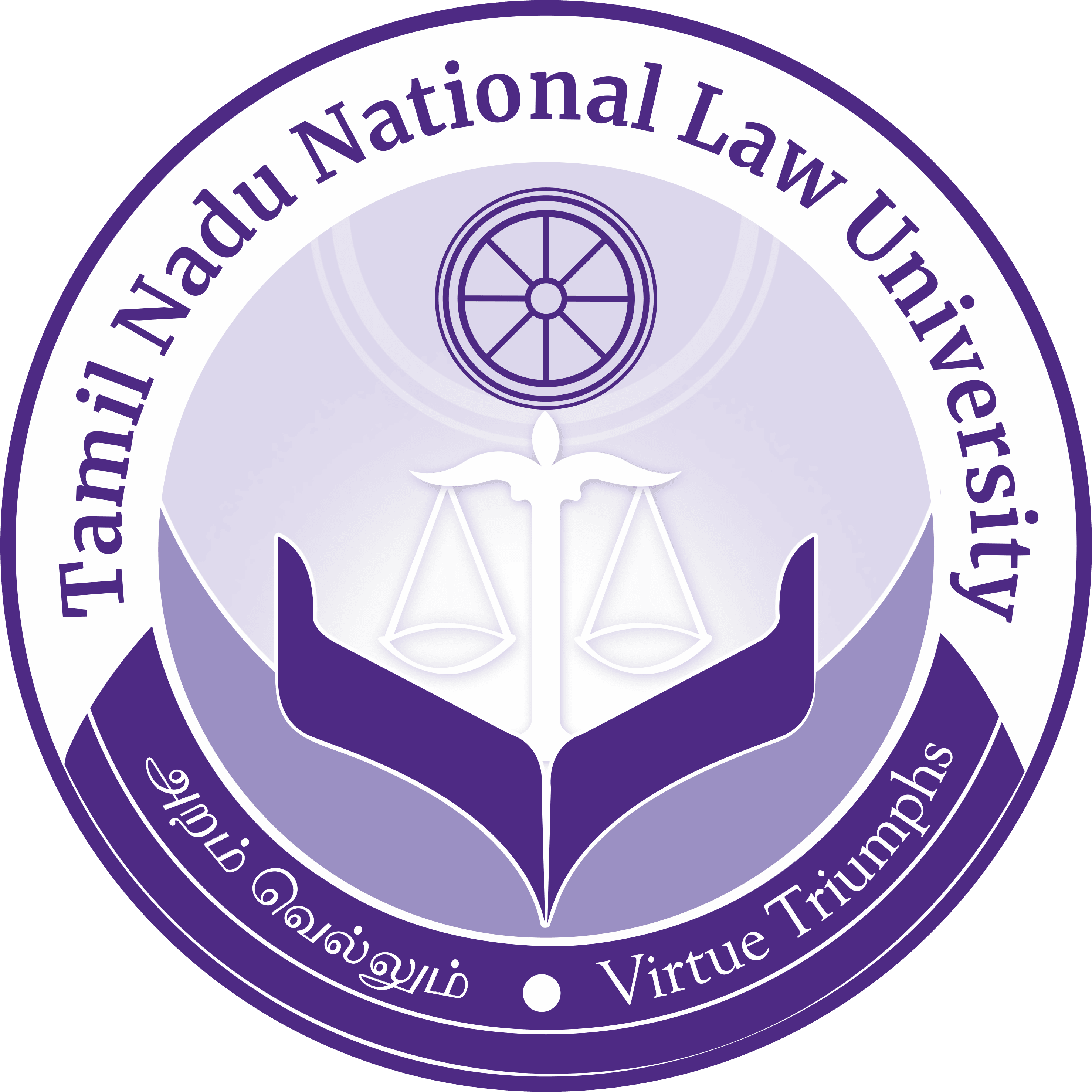

The Legal History Museum was established in the year 2019. It is currently situated in two Halls on the first floor of the library building of TNNLU. The Museum aims to preserve and bring awareness about importance of South Indian legal history/heritage in particular, along with the national and global legal history/heritage in general, to the visitors from the society. The museum showcases the development of law through the passage of time.
It also aims to educate its visitors through practical experience by engaging them in interactive hands on activities through some of the objects in its collection, since museums are considered to be informal institutes of learning. It shall strive to impact and improve the knowledge of legal history through the cognitive (increase IQ level) effective (Increase EQ level) and motor skills (improve Physical skills) of the members of the society who will pass through its halls.
Another major aim of TNNLU Legal History Museum is to inspire the younger generation of the country to contribute towards the development of the legal field not only in India but also globally. Therefore, the main target audience of the Legal History Museum at TNNLU shall be school and college students and people working in the legal field, in particular, and other members of the society in general because legal history/law is not only for legal experts as just a subject to study. It is universally applicable to all members of the society and the Legal History Museum at TNNLU believes that all of us as universal citizens should learn from it for the betterment of humanity.
The museum currently has 73 objects in its collection. The main collection of the museum consists of the posters/panels on the judicial systems in the ancient and early medieval periods of Tamil Nadu. There is a display of photographs of epigraphs dealing with law and legal systems of various kings/dynasties of South India of the periods mentioned. The copper relief works of Manu Needhi Cholan and Kudavolai describe the ancient judicial and rural voting system in Tamil Nadu, respectively. Oil painting titled Neer Thoombu portrays the ancient water management system of Tamil Nadu and is among other important attractions in the museum collection. There are coins of the Madras Presidency dating back to 17th and 18th centuries, the period of the British Rule in India, as well as from other foreign settlements in Tamil Nadu such as that of the French, Danish and the Dutch. A few Legal Documents about land donation which are about a 100 years old written in Tamil and Burmese are on display. The copies of the objects related to the Indian National Army (music sheets of the INA songs, currency issued by the Japanese during the occupation of the Malay Peninsula and Burma, formation of the Balak Sena etc), organised by Netaji Subhas Chandra Bose, along with the Replica of the American Declaration of Independence and the Declaration of the Thanksgiving Day in the United Kingdom, have been donated to the museum by our former Vice Chancellor , Prof. (Dr.) V. S. Elizabeth.
The murals of the Rock Fort and of scenes from the Silapathikaram on the walls of the foyer of the library, depict the cultural and historical development of Trichy as a city in particular and Tamil Nadu in general.